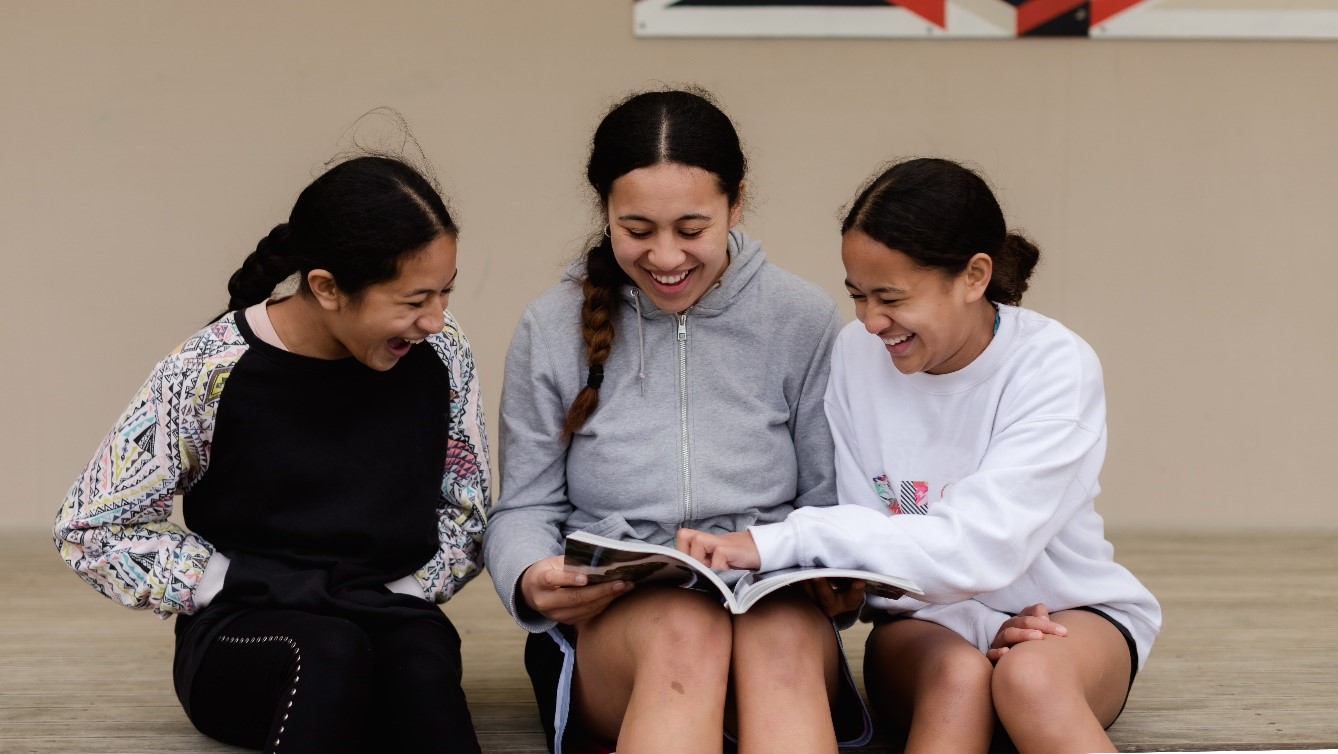The Oranga Tamariki Action Plan (OTAP) is a commitment from government agencies to collaborate and deliver better outcomes for tamariki and rangatahi in Aotearoa with the greatest needs.
Education is critical to a child’s wellbeing and development and a supportive learning environment sets them up to succeed.
Oranga Tamariki and the Ministry of Education (Education) have overlapping responsibilities to meet the education needs of children and young people in care or youth justice. Both agencies need to prioritise addressing the specific needs of children in care or youth justice to help them achieve their aspirations and create more equitable outcomes.
Getting the right support in place
Oranga Tamariki Senior Advisor Education and Health Jennifer Cassidy has been working closely with the new Lead Education Advisor for Children in Care, a role that was established by Education for Central and East Auckland earlier this year.
Jennifer says, “The creation of a new Lead Education Advisor for Children in Care in Tāmaki Makaurau has been invaluable.”
A key focus has been improving attendance and supporting tamariki and rangatahi in care to re-engage with school if they have been stood-down or excluded. The role takes a strategic relationship building approach and supports Oranga Tamariki sites and the leadership team to identify gaps and access education services.
“We have been visiting sites across Tāmaki Makaurau and building a strong relationship between frontline kaimahi and the Ministry of Education.
“The close working relationship that has ensued now means a real-time response to issues for our tamariki in the education space ranging from – support to improve attendance, re-engage in education after being excluded, teacher aide funding, support following an incident at school etc.
“So instead of a social worker trying to battle and navigate the education space on their own, there is now a link to real-time support, information, resource and advice.”
Setting tamariki up for success
The new way of working means tamariki and whānau are receiving support that feels more like one team of people working towards the same goal, instead of two separate agencies working in silos.
Social workers are introduced to Resource, Teacher, Learning and Behaviour (RTLB), Senior Education Advisors and Service Managers and Learning Support to ensure they have local contacts they can go to directly and get support for tamariki and rangatahi.
It has created space to look at transition plans for new entrants to schools and older children changing schools. This has led to a standard process for new entrants we are working alongside Education to establish.
There are still some things to work through, but meeting directly with the school, supported by Education and the key social worker, means communication is clear and responsibilities are shared.
We are also looking at tamariki in care between 11 - 14 years and seeing if we can establish supports early prior to stand-downs or exclusions. This is still a process in development.
Jennifer says, “I think having good relationships with key people has been the winning tool. As we are working well as a collaborative team and bringing frontline staff into hui, showing that we are one team.
“As sites slowly get used to working with their local education people we can step back and allow those relationships to flourish.”
Focusing on tamariki and rangatahi needs
Feedback from frontline kaimahi has been great. One Senior Māori Practice Advisor said, “as a social worker, advocating for tamariki involved with Oranga Tamariki can be difficult because there’s a mindset that everything is our responsibility.”
“Jennifer and the Lead Education Advisor joined one of my consults about managing the needs of a tamaiti and were able to navigate through the issues collectively.
“They put forward critical questions which helped us realise that some processes hadn’t been followed correctly and Oranga Tamariki had been expected to fund everything on its own.
“They also helped us look ahead to his future and consider how to support him to transition away from needing extra support at school and become independent. What resulted was a plan that worked better for everyone involved and especially for the tamaiti, which wouldn’t have happened without Oranga Tamariki and Education working together as one team.”
This is a great example of how the Oranga Tamariki Action Plan is bringing agencies together to improve the lives of children, young people and families with the greatest needs.


